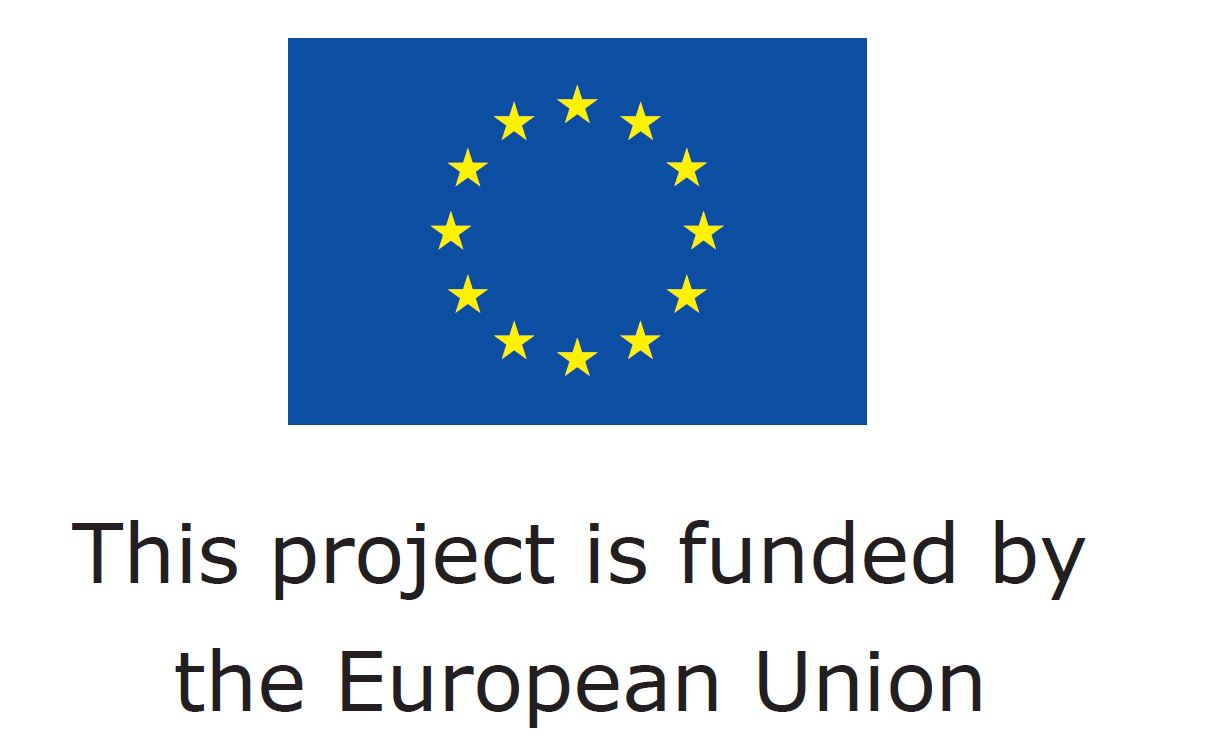
What is EODESM?
The Earth Observation Data for Ecosystem Monitoring (EODESM) presents a new approach to the classification of land cover and change by simply combining essential descriptors (EDs) of the environment retrieved from Earth observation (EO) data.
The classifications follow the Food and Agriculture Organisation (FAO) Land Cover Classification System (LCCS; Version 2) taxonomy and can be generated independent of scale and for multiple points in time. Changes can be detected by comparing land cover classifications from any two time-separated periods.
EODESM has been used to classify land cover and change for a diverse range of protected areas across Europe but is applicable to any site globally as long as EDs with defined units or codes are available.
How do I access and use EODESM?
EODESM is available within ECOPOTENTIAL’s Virtual Laboratory (VLab; https://vlab.geodab.org/) and can be used to generate land cover and change classifications directly from the Sentinel-2 archive and for any location worldwide. The classifications are generated to FAO Level 3 (8 classes representing cultivated or semi-natural/natural terrestrial or aquatic vegetation or natural or artificial bare surfaces or water). Within the VLab, use is currently made of spectral indices to generate the Level 3 classification but the capability will be enhanced to allow determination of quantitative EDs and more detailed classifications.
Why use EODESM?
EODESM has capacity to routinely and consistently generate maps of land cover and change without dependency on complex algorithms. The EDs used are widely recognised (e.g., canopy cover, water hydroperiod) and have standard units or codes. Hence, the approach is straightforward to implement and outputs are easy to comprehend.
A major advantage of EODESM is that maps can be generated for any site and have a consistent taxonomy. Land managers can therefore compare the extents of different land covers and changes that are occurring within and between protected areas across Europe. The maps and environmental variables used for their generation can also support conservation of biodiversity and maintenance of ecosystem services.
If you are interested in using a standalone version of EODESM, which allows more comprehensive classifications of land cover and change, please contact Prof. Richard Lucas at Aberystwyth University (This email address is being protected from spambots. You need JavaScript enabled to view it.).
For more information on EODESM, visit https://essilab.wixsite.com/eodesm.
See also EODESM factsheet
EODESM technical characteristics:
• Generates consistent classification of land covers for any site globally based on the FAO LCCS-2 taxonomy, and uses EDs retrieved primarily from EO data.
• Allows both thematic and continuous variables to be integrated, including those derived from time series (e.g., water or snow hydroperiod, vegetation phenology).
• Integrates additional descriptors of land covers based on EDs external to the FAO LCCS taxonomy (e.g., plant species, land surface temperature).
• Allows translation of LCCS classes to habitat and other land cover taxonomies.
• Detects change by comparing LCCS class descriptions and EDs generated for any two points in time.
• Provides an evidence-based approach to detect changes associated with pre-defined categories (e.g., deforestation, flooding).
• Attributes change to potential causes and consequences and links directly to policy and land management.
• Can integrate a wide range of EDs into the classification, no matter how derived, and can capture local knowledge.
• Can utilize existing local to global layers representing a diverse range of EDs.
• Is applicable at any spatial scale, and hence can be used in conjunction with a wide range of ground, airborne and spaceborne data.
• Facilitates comparison between any two time-separated periods but uses dense time-series to focus on specific change events or processes.
• Can be replicated with in situ data. The Earthtrack mobile App (earthtrack.aber.ac.uk) has been specifically designed to support retrieval of EDs and validation of land cover and change classifications generated by EODESM.
• Is simple to use, understand and implement particularly because of the requirement for environmental variables to have defined units (e.g., meters, days, oC, %).
• Is informative, utilizes ecological knowledge, and allows for targeted applications.

